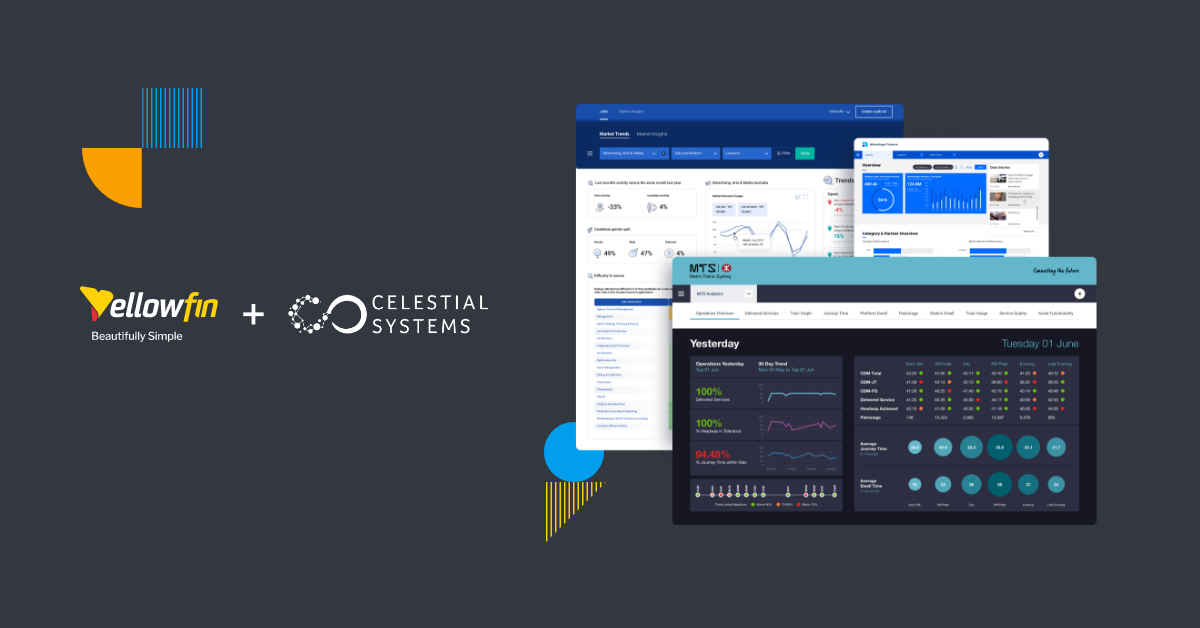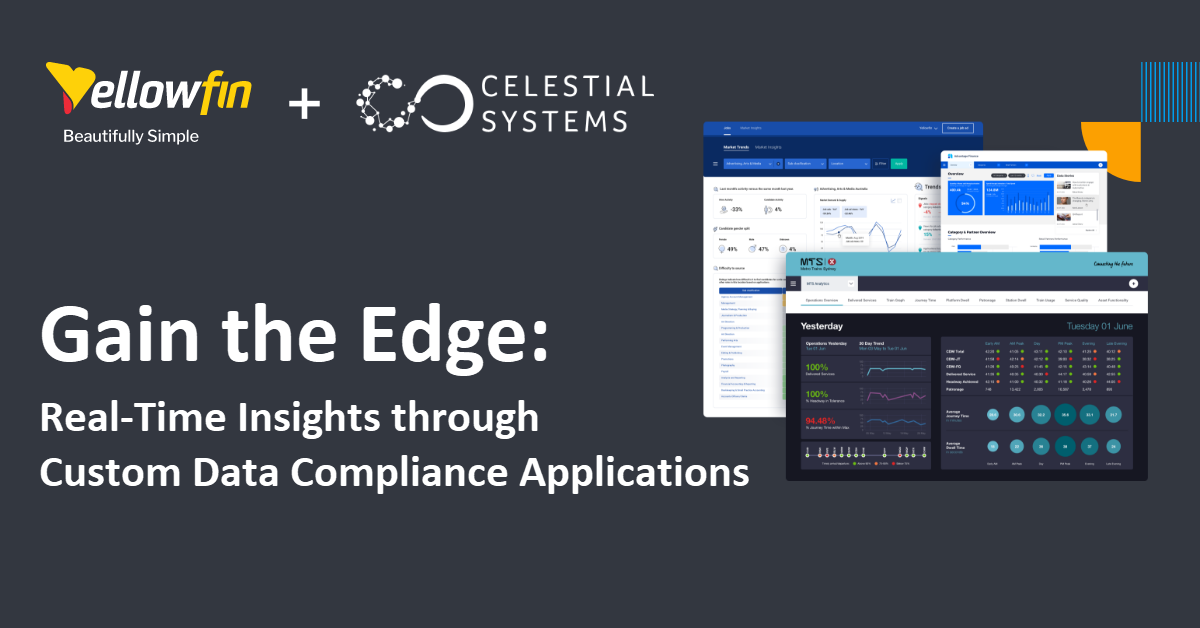
Consumer Privacy: Getting More from Data Compliance with Embedded Analytics
Introduction to Data Governance and Regulatory Requirements
Data governance practices should encompass policies, procedures, and controls that address regulatory requirements. This involves implementing measures to ensure data accuracy, integrity, and confidentiality, as well as establishing clear roles and responsibilities for data management and oversight. Regular assessments and audits are conducted to monitor compliance and identify any gaps or areas for improvement.
Figure 1. Data Governance Model
Regulatory compliance is of paramount importance when it comes to data governance. Organizations must adhere to relevant laws, regulations, and industry standards to ensure the proper handling, protection, and privacy of data. This includes compliance with data protection regulations such as the General Data Protection Regulation (GDPR), California Consumer Privacy Act (CCPA) and industry-specific requirements like the Health Insurance Portability and Accountability Act (HIPAA) for healthcare data.
By prioritizing regulatory compliance in data governance, organizations can mitigate legal risks, build trust with customers, and demonstrate their commitment to protecting sensitive information. It also fosters a culture of accountability and responsibility when it comes to handling data, promoting transparency and ethical practices throughout the organization.
As an example, let’s look at the CCPA.
CCPA, California Consumer Privacy Act
The California Consumer Privacy Act of 2018 is a U.S. state law that protects private consumer information from being illegally used by websites on behalf of consumers in California.
- It gives California consumers the right to know what personal information a business takes and how it is used or distributed.
- Allows California residents to delete their information collected from businesses.
- Allows residents to opt out of selling their personal information.
Integrating Embedded Analytics with Data Compliance
Embedded analytics solutions like Yellowfin offer integration of data analytics and data visualization capabilities within the standard workflow, i.e., usually an internal business application, portal, or a tool. Thus, allowing users to gain valuable insights within the applications they use everyday for work, and not have to switch applications or migrate data to a different analytics application (e.g., common BI tools).
In the context of this blog, we can consider this as the ability to offer insights to a compliance officer along with a dashboard visualizing real-time status updates along with alerts within the data governance portal.

Figure 2. Custom Data Compliance Application with Embedded Analytics
Or, if your process is a bit more rigid, you could create a Presentation template which includes all the charts required to pitch a campaign, with parameters for products/services, channel, mechanic, etc.
User(s) for the Data Compliance Application can be categorized as the following:- Customer – An individual in a B2C model, with rights (Under CCPA) to be forgotten, to view and understand how data is being used, and to opt-out of processing.
- Support Agent – An assigned resource by the business to manage customer requests by record, acknowledge, track, collate and inform about the same.
- A single point of contact will trace all 3rd parties for customer specific data and ensure that customer requested action is successfully completed within the timeline (CCPA -> 45 Days) as mandated by the regulation.
- Compliance Officer – Business identified resource responsible for all regulatory compliances. Establishes policies and procedures for support agents to follow when managing customer requests. Tracking and reporting regulatory compliance for internal and external audit. Responsible for inputs and insights to business planning and strategy teams.
What Insights?
While the business utilizes leading customer support application to track and manage service requests from origin to closure, they do want to have a mechanism of real-time insights that can help with activities like:
- Regulatory Compliance through Alerts and Messages – Single point of focus to ensure resolution of all open cases (across all agents) within stipulated time (as mandated by the regulation) using Custom Dashboard (for Compliance Officer), and a system of alerts and messages.
- Planning – Ability to view and plan individual tasks based on overall staffing viz-a-viz task loads. Prioritize what matters most (compliance). Also monitor individuals based on performance and quality.
- Forecasting – Ability to visualize trends and use built-in predictive analytics to plan (say staffing) for future or on special days.
- Anomaly Tracking – A lot can be learned from the outlier when analyzing data over a period. This could assist in better emergency response for sudden peak loads.
- Strategic Insights & Trends – Ability to share hidden trends with business teams, e.g., demographics of customers that are making such requests or the platforms being used that could help with sales and marketing team in their outreach planning.
- Custom Reports for Internal/External Auditors – This could be related to individual or group performance, distribution by region among others.

Conclusion
Regulatory compliance is an integral part of any data governance model. Traditional customer service applications help in managing and tracking support requests but do not offer useful and real-time insights.
In today's data-centric world, businesses are increasingly relying on analytics to make informed decisions and gain a competitive edge. However, building robust analytics capabilities into your applications can be a complex and time-consuming process. That's where embedded analytics and the versatility of modern web applications come into play. Using a built-in embedded analytics solution greatly reduces the complexity and allows for a low code solution to gain real-time insights.
So, conveniently integrating BI and analytics functionality within the user’s standard workflow significantly enhances a product’s UX (User eXperience). This ensures more effective use of the application, creating greater value, and increasing adoption.
For more information on integrating embedded analytics with improved data compliance, we recommend to join our upcoming webinar, "Gain the Edge: Real-Time Insights through Custom Data Compliance Applications", which will:- Explore the role of embedded analytics in today's data-centric world
- Discuss key features and capabilities of Yellowfin BI for compliance applications
- Show how to integrate robust analytics into custom data compliance applications
- Understand how to empower your users with meaningful data-driven insights
